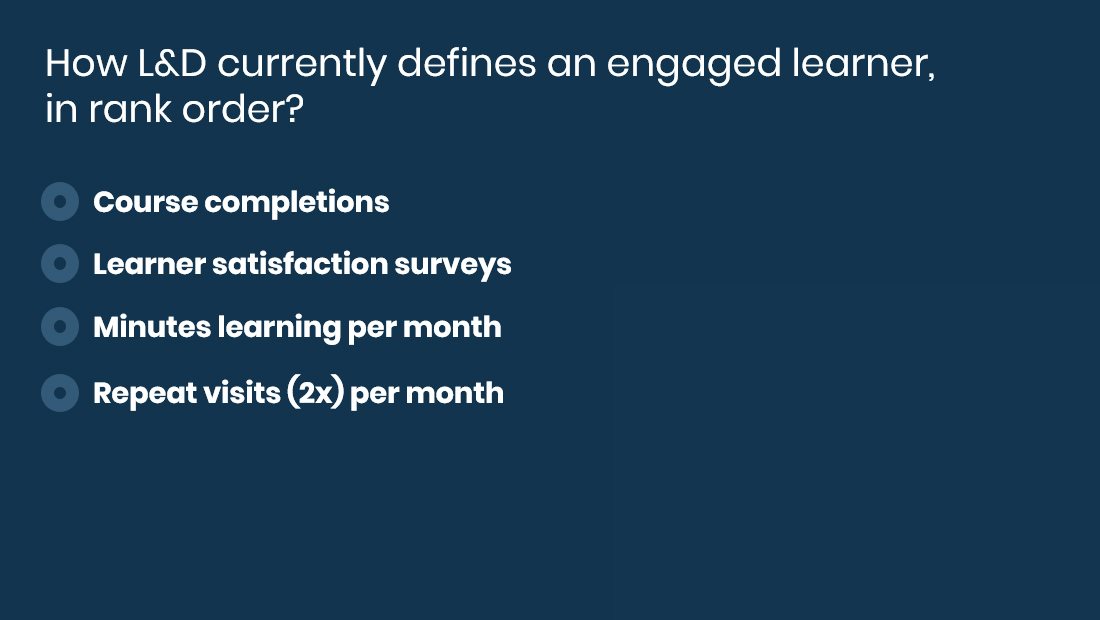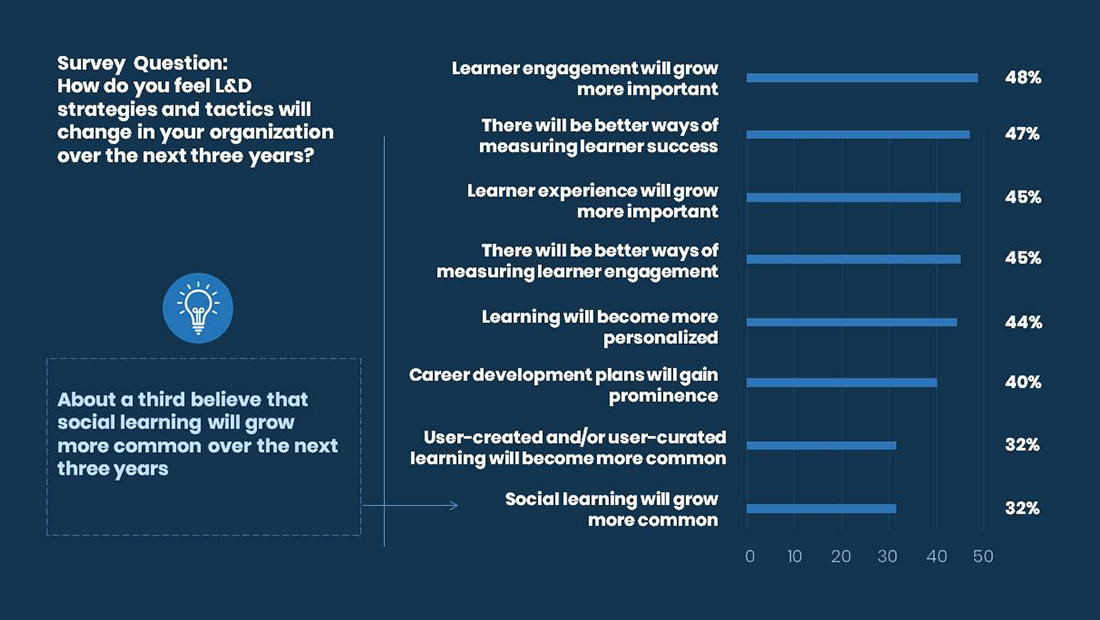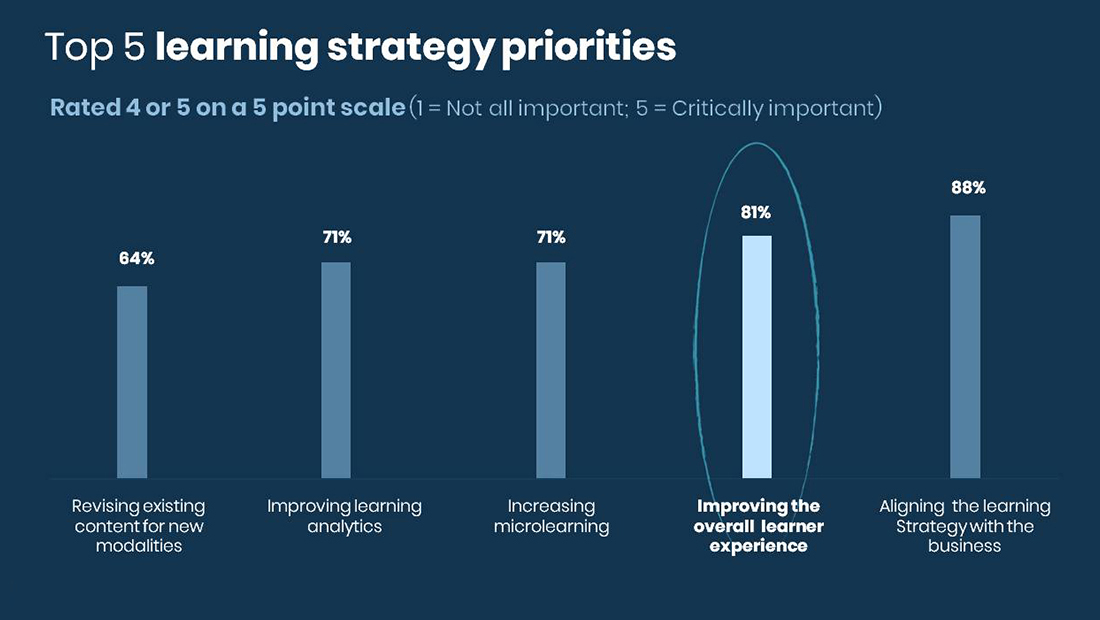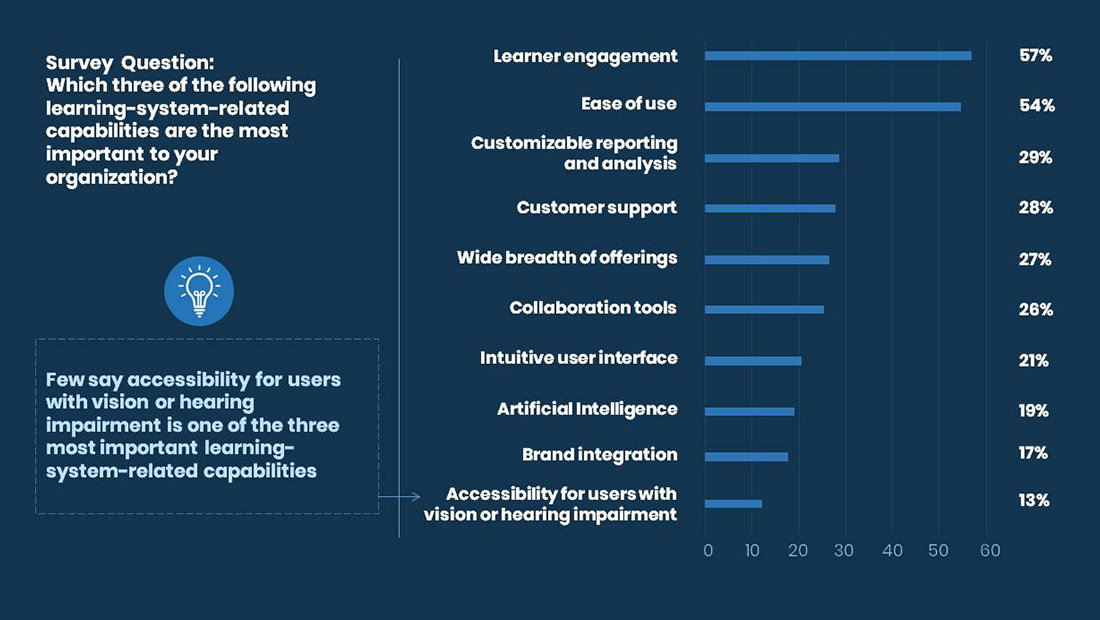Learning leaders have been experiencing learner pushback against poorly designed learning programs. Pushback from the leadership for not delivering enough impact is ever increasing too. The two are closely linked, I think, and the reason is that the learning programs are missing a vital ingredient – learning engagement!
Is learning engagement missing from your learning initiatives? Chances are, yes!
[Learning could mean different things to different people. Here’s a blog on my thoughts on what is learning]
How Learning Engagement Impacts?
Without learning engagement, it is a downward spiral journey. Lack of learning engagement will result in no learning or learning transfer. Lack of demonstrable business impact in turn negatively impacts funding and also erodes the L&D brand. A diminished L&D brand further contributes to reduced motivation (and hence engagement) for future learning programs.

State of Learning Engagement
Apparently there is no common understanding (or measure) of learning engagement across organizations. Most organizations are measuring visible actions of learners as engagement, as shown by LinkedIn Learning Workplace Learning Report of 2020. All of these measures may be hiding more than they are revealing. For instance, is it on their own that learners are making repeat visits to LinkedIn Learning or they have been mandated to do so by managers or it is due to a reward the organization has for most completions during the ‘learning month’.
Since organizations are not measuring learning engagement the right way, may be that’s a hint that we don’t understand learning engagement so well. And if that’s true, then most certainly learning engagement is missing from the learning programs we create.
However, the good news is, learning engagement is beginning to take center stage as indicated by a recent survey by HR.com. It shows that learning engagement is placed at the top of list of L&D strategies & tactics that will change in the next 3 years.
A different survey by Brandon Hall (2020) indicated learner experience to be the second most important strategy focus area for L&D worldwide. We at Upside Learning consider learning engagement as a prime contributor to the overall learner experience.
What is Learning Engagement?
I think of it as being so interested in learning that we happily invest time and energy in working through the content and activities provided.
Wikipedia on student engagement has this –
“[Engaged] students make a psychological investment in learning. They try hard to learn what school offers. They take pride not simply in earning the formal indicators of success (grades), but in understanding the material and incorporating or internalizing it in their lives.” – Fred Newmann, 1992.
Patti Shank in this article on learning engagement says – “…engagement is mostly about involvement and effort. And it’s clearly multidimensional. Feeling psyched and fun is not what engagement is about, although people may feel those feelings at some points.”
She suggests that learning engagement is multidimensional and an engaged learner would be described as below on each of the dimensions:
Cognitive: does activities, asks for specifics and clarification, looks for opportunities to tailor for own situation.
Behavioral: an engaged learner is present and listens.
Social: works with others, uses other’s insights.
Emotional: connects with others.
From learning designers’ perspective, cognitive engagement is arguably the most important to target, while, behavioral is the easiest to measure. To be able to reasonably measure cognitive engagement, learning designers can use several strategies including creating activities with loops of progression, which can capture specific and more relevant data via xAPI that better aligns with cognitive engagement. More on this in a follow up blog.
What Learning Engagement is not?
Adding multimedia or fancy interactions won’t make learning engaging. It does have novelty value, but research suggests multimedia itself may not enhance learning. It is the instructional strategies and techniques that make learning engaging. Instead of only interactions, we need to think authentic activity.
Some learning designers focus on making their learning programs fun in order to make them engaging. While fun can help with learning engagement, especially to attract attention at the beginning or even to give learners a little break in between, but if overdone, learners tend to enjoy more than remember later. And some adult learners may even be switched off as fun can be subjective too.
In this post, Donald Clark talks more elaborately on the topic – learning is not circus and teachers are not clowns.
Course completions, as shown by the LinkedIn Learning Report, is a popular method of measuring learning engagement. However, it may not be a true representation of learning engagement since they are mostly driven by mandatory learning which is literally pushed down learners’ schedules with repeated reminders, deadlines, and even warnings in some organizations. Also, some argue that if they’ve got just enough from a learning program to do their job, why should they complete the whole program?!
LMS or LXP can help the overall learning experience but not much with learning engagement.
In conclusion, without learning engagement we are on a downward spiral of no learning, no learning impact, reduced funding, and a diminished L&D brand. There is growing importance of learning engagement in organizations even though the understanding continues to evolve. Learning engagement is about involvement and effort and not about having fun or tracking course completions.
I would be happy to know your thoughts on learning engagement. Please drop a note at elearning@upsidelearning.com.




 Source:
Source: Source:
Source: Source:
Source:  Source:
Source:














